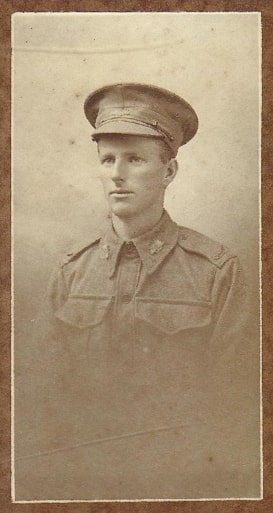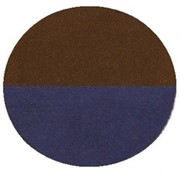.jpg)
Private Frank Curtis
47th Australian Infantry Battalion


Service Number: 714
Place of Enlistment: Brisbane
Age of Enlistment: 25 Years and 11 months
Date of Enlistment: 13th of January 1917
Embarked: Brisbane: 21st of June 1917
Transport Ship: A29 HMAT SS Suevic
Medals Awarded: British War Medal, Victory Medal
Place of Death: Killed in Action, Battle of Dernancourt, France 5th of April 1918
Resting Place: Buried Villers Bretonneux Cemetery France
Unit Badge: 47th Australian Infantry Battalion AIF
Additional Information:
On Frank Curtis:
After the confusion of battle on the 5th of April, the fate of Private Curtis was initially unclear and he was officially listed as missing. After the war, three eyewitnesses, Private’s Rankin, O’Rourke and Dunn, stated that Private Curtis was among a small group of men who were taken prisoner during the battle on the 5th of April. Private O’Rourke was also taken prisoner and he claims that a German officer fatally shot Private Curtis in the lower abdomen after his surrender. I should note that there are other conflicting accounts that place him at a dressing station or saw him dead on the field. None of these accounts exactly correlate, however Private Curtis did not become a prisoner of war and almost certainly died on the 5th of April 1918, probably after he was taken prisoner.
On the Battle of Dernancourt:
On the 5th of April the 47th Battalion was on the line near the town of Dernancourt. Anticipating an attack, they successfully launched patrols to locate and disperse the Germans. The Germans responded by heavily shelling the 47th Battalion, including gas shells; followed by a significant assault on the Australian position. This lasted 4 hours and 47th held their position, inflicting heavy casualties on the attacking Germans. The 47th was then reinforced by the Australian 49th and 45th Battalions. The Australians counterattacked, but ran into heavy machine gun fire, despite this they carried the enemy position with a bayonet charge, halting the attack due to casualties. This battle was a part of Operation Michael, the enormous 1918 German spring offensive.
.jpg)


